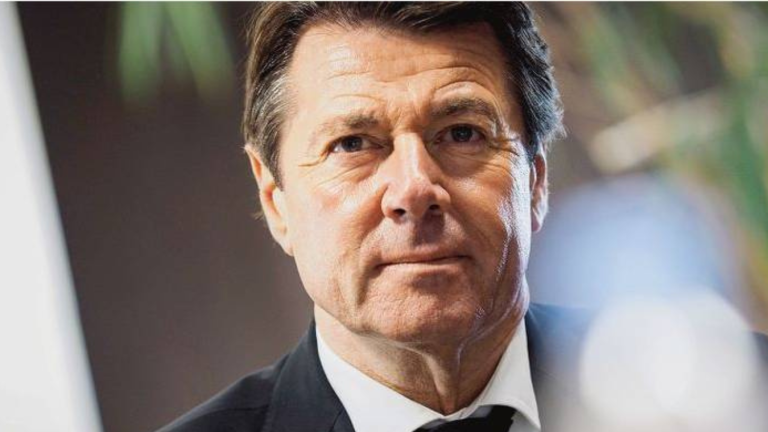District Heating and cooling network
Make district heating and cooling affordable and environmentally friendly
Do you want to provide your customers with heat and cooling while dealing with the risks of inflation and achieving your energy transition objectives? With district heating and cooling networks, make the most of your local territories’ renewable and recovered energies!
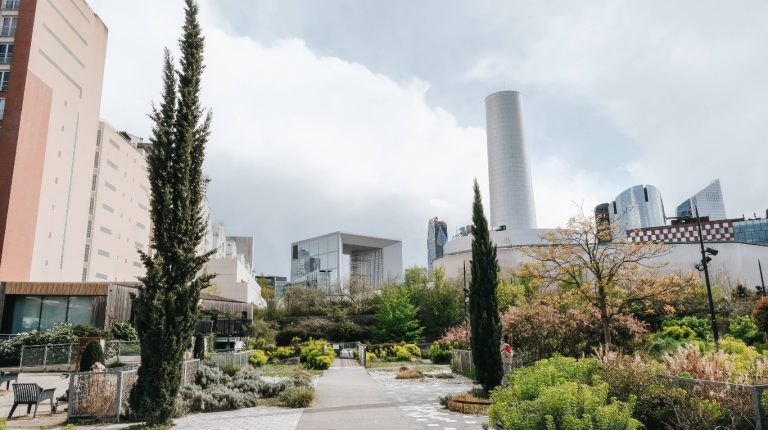
Your challenges: accelerate your territories’ energy transition using local, low-carbon energy sources
In urban environments, district heating and cooling networks offer enormous potential. They allow you to use local resources, such as waste heat from Energy from Waste plants, data centers, geothermal energy, biomass energy, solar thermal energy and sewage. This means you can provide your customers with heating and cooling while meeting the objectives of the Energy Transition Act.
Making the most of local energy sources
Meeting the heating and cooling needs of residential buildings
Facing up to the risks of inflation and fuel poverty
Our solution: district heating that is accessible to all and eco-responsible
The creation of a district heating network is a complex project that requires specialised technical expertise, as well as mastery of the economic and environmental aspects to ensure efficient, sustainable operation.
As a recognised expert chosen by local authorities of all sizes for 60 years, we have a strong capacity to mobilise local, low-carbon energies.
Our teams, with their full range of skills (engineers, technicians specialising in energy, thermal engineering, civil engineering, electrical engineering, town planners, architects, landscape architects, legal experts, etc.), will support you throughout the life cycle of your project, from feasibility study to design and operation.
Our commitment to results
- Providing reliable and efficient energy
- Promoting the use of low-carbon energies
- Proposing fair pricing for users
- Improving the quality of service to users
- Ensuring safety and compliance with standards
- Raising user awareness of energy efficiency and economy
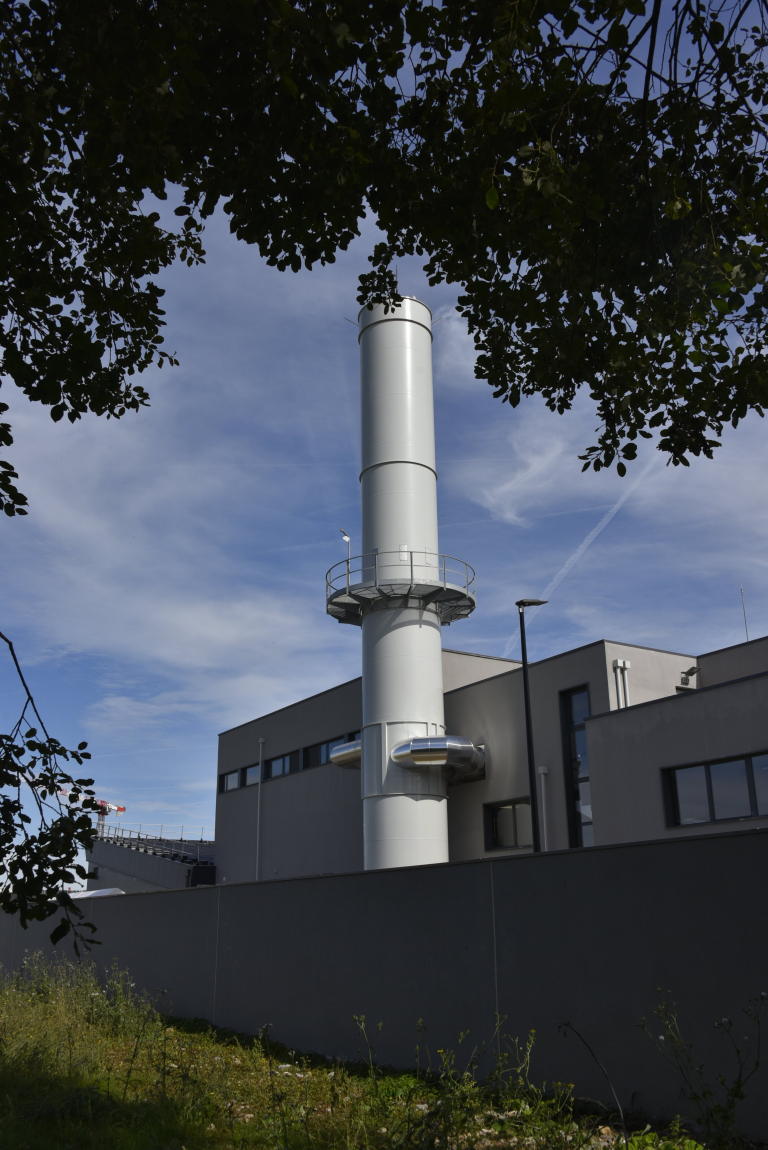
Our expertise: our ability to manage cold
Through major projects such as La Défense, the Seguin Rives de Seine eco-neighbourhood in Boulogne-Billancourt, Annecy and the Nice Méridia eco-neighbourhood, we have built up recognised expertise.
Our expertise includes seasonal geothermal recovery, ice storage and a thorough understanding of industrial refrigeration systems and thermodynamic principles.
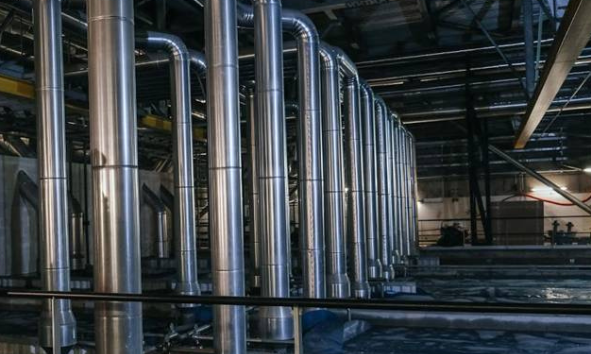
Our key figures
70 district heating networks in operation
60% Renewable Energy fuel mix
190,000 equivalent housholds delivered
319,000 tons of CO2 avoided per year
Our references

As the public service delegate for the Soissons district heating network for 20 years, Idex is heating 2,550 homes with the best possible level of service. The proportion of renewable energy should increase from 46% to 85%, with a biomass heating plant and 100% renewable electricity consumption. Project supported by Ademe, CEE, Idex funding (28%) and a crowfunding scheme for the people of Soissons.

Bischwiller has chosen to make a massive transition from individual heating to a district heating network. The city has entrusted the Idex group with the design and operation of its network for 20 years. The solution proposed by Idex is to design a district heating system that is modular, can be shared and is environmentally friendly. By giving priority to local biomass, Idex provides low-carbon, competitive and sustainable heating with 96% renewable energy, avoiding the annual emission of 7,928 tonnes of CO2.
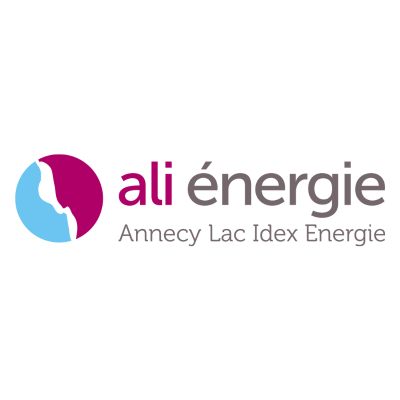
In Annecy, the Quartier des Trésums stands out thanks to Idex's revolutionary energy approach: using the lake’s natural resources to provide 95% of heating needs and 100% of air conditioning. This initiative guarantees the residents stable and competitive energy prices over 30 years, as well as optimum thermal comfort. This strategy enables to valorise 65% of renewable energy fuel mix while preserving the ecological balance by returning all the water to the lake.
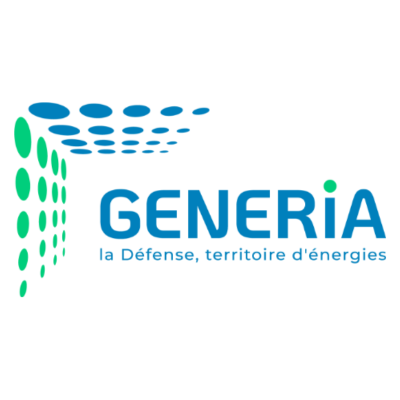
With Idex, La Défense becomes the 1st European business district to be heated using biomass. This innovative solution not only reduces CO2 emissions by 54,000 tons/year, but also provides access to stable, competitive prices for almost 75% of the buildings (160 office buildings, 66 residential buildings and 56 retail premises). This performance is based in particular on the use of agropellets of agricultural origin for energy production
Testimonial
This geothermal power station, at the heart of our Nice Méridia eco-neighbourhood, will enable us to reduce CO2 emissions by almost 4,000 tonnes a year in our area.
While the French government sets the minimum renewable energy coverage at 50%, this geothermal thermal network will once again enable the Metropole to go further than the regulations and recommendations, with renewable energy coverage of 80%.
